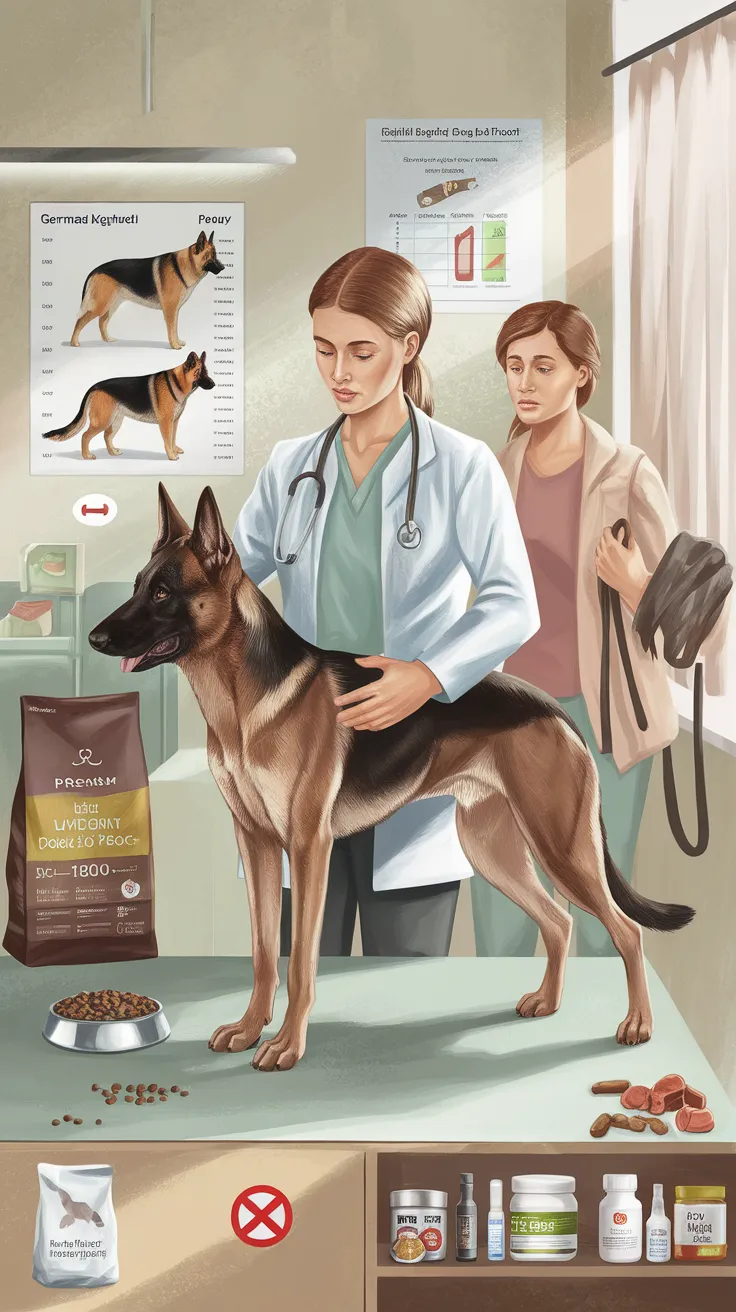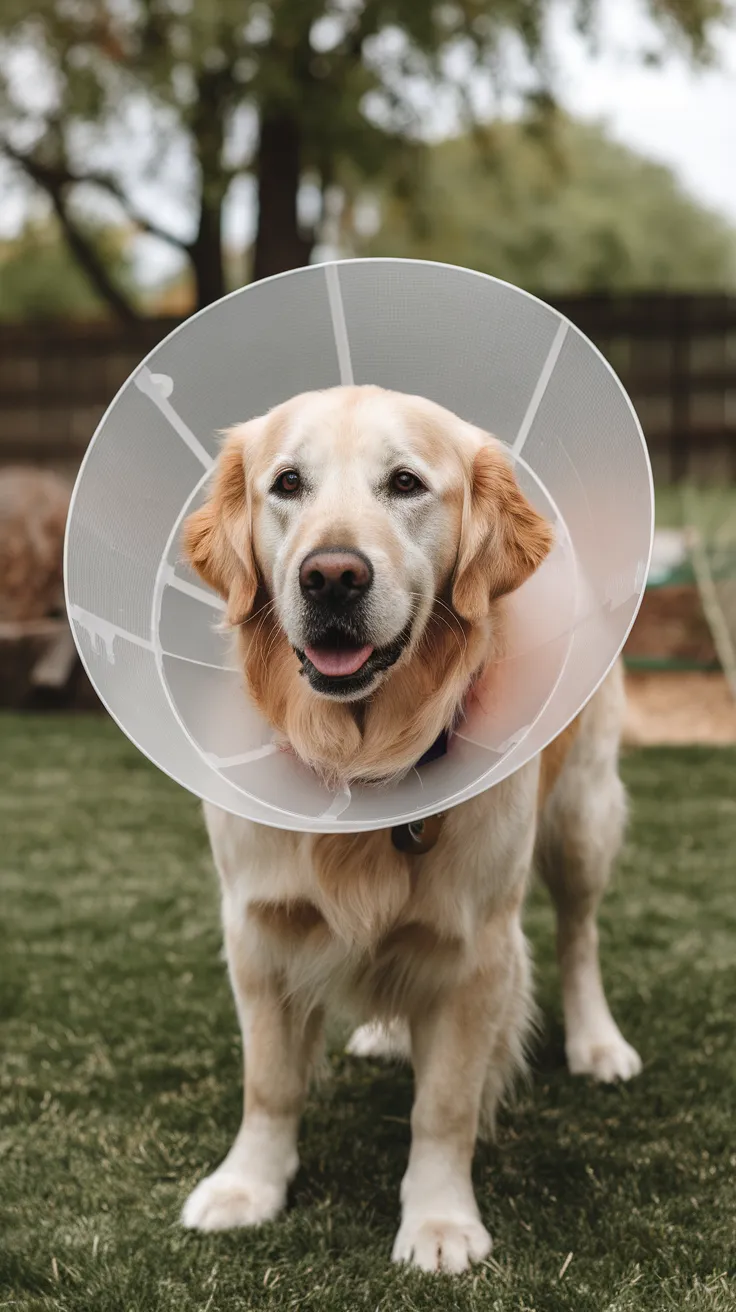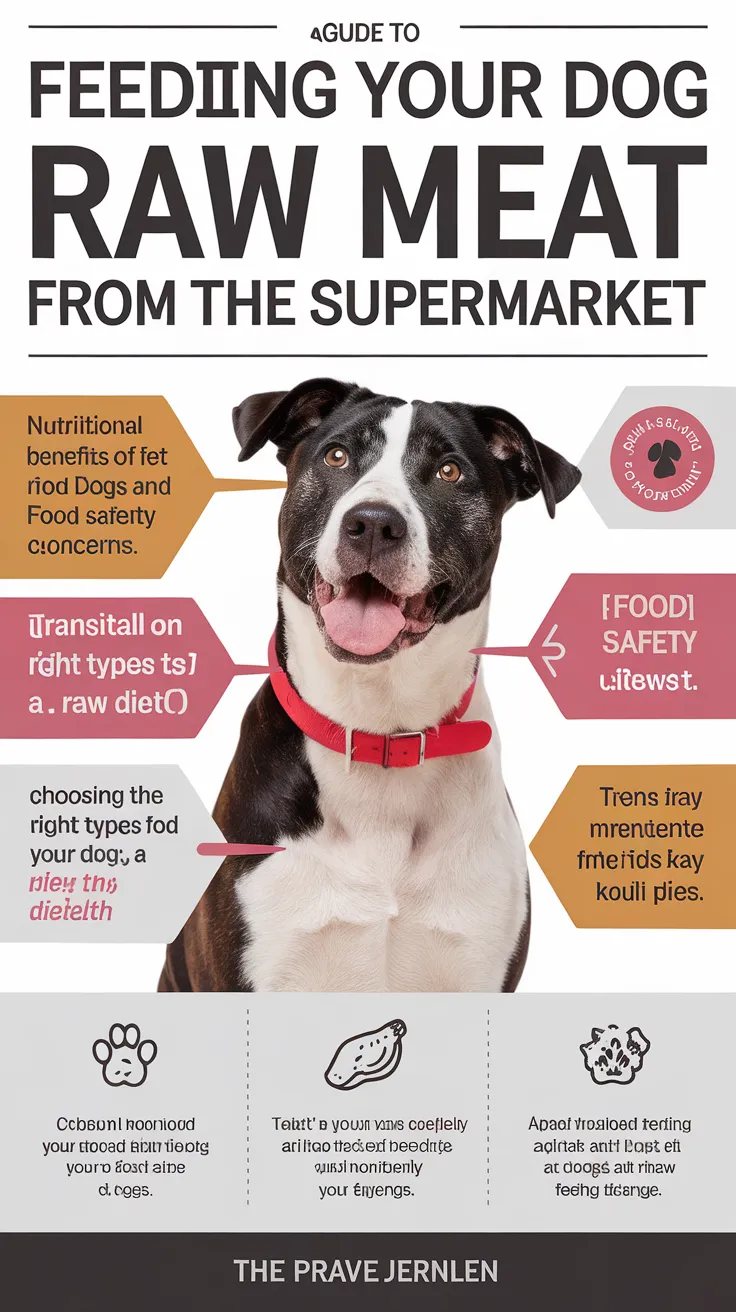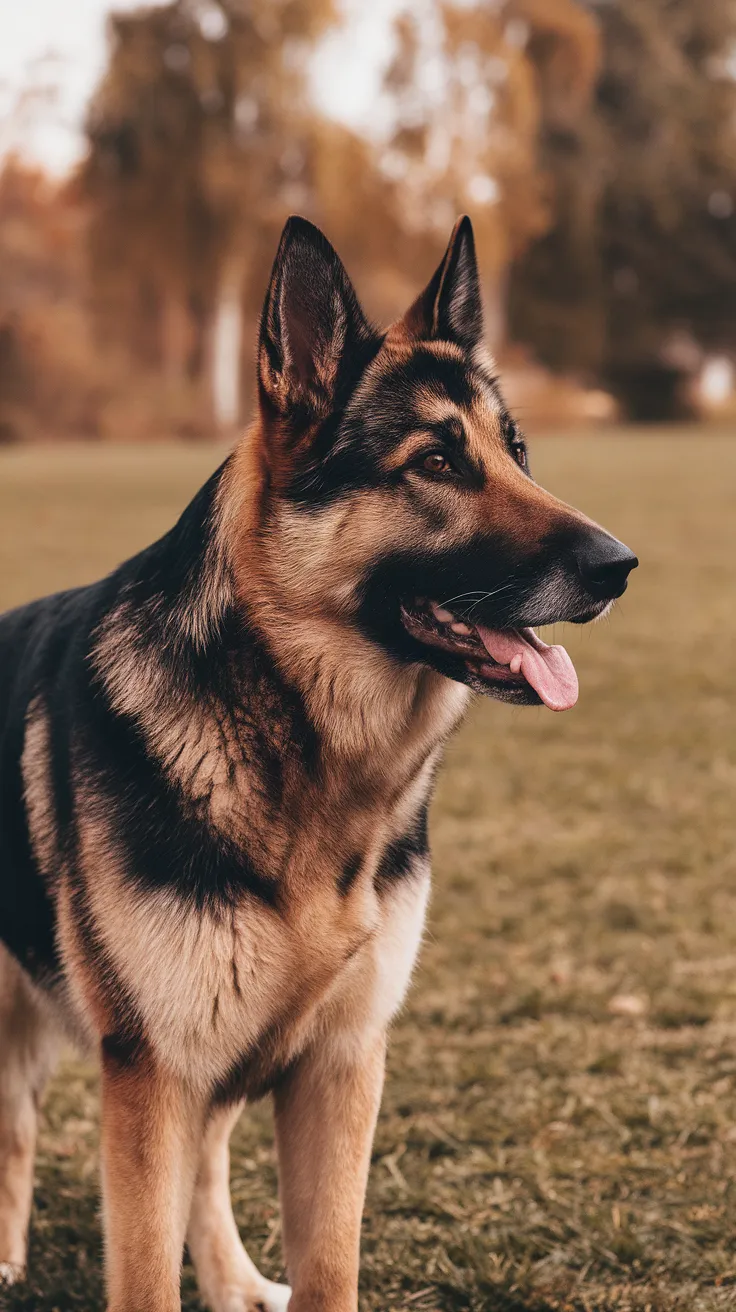Is It A Good Idea To Get A Dog For My Kids?
Yes, getting a dog for your kids can be a great idea. Dogs offer companionship, responsibility, and joy.
But it’s important to consider several factors before making this decision. Bringing a dog into your family is a big step. It can teach your children about caring for another being. Dogs can be wonderful playmates and can help instill a sense of responsibility.
But, it’s not just about the fun. Dogs need time, attention, and care. You must think about your family’s lifestyle and if you can meet a dog’s needs. This blog will explore the benefits and challenges of getting a dog for your kids. By the end, you will have a clearer idea if a dog is the right choice for your family.
Benefits Of Having A Dog
Getting a dog for your kids can be a wonderful idea. Dogs provide many benefits that can improve your children’s lives. From giving emotional support to encouraging physical activity, dogs can have a positive impact on your family.
Emotional Support
Dogs are great for emotional support. They can help reduce stress and anxiety. Your kids will have a loyal friend to talk to and play with. Dogs can sense when someone is sad or upset. They often provide comfort just by being there.
Dogs also teach kids about empathy and compassion. Taking care of a pet teaches responsibility and patience. This can help children develop strong emotional bonds and a sense of security.
Physical Activity
Having a dog encourages kids to be active. Walking, running, and playing with a dog can be fun and healthy. Regular physical activity helps keep kids fit and strong. It also helps with their mental well-being.
Here are some activities that kids can enjoy with their dog:
- Playing fetch
- Going for walks
- Running in the park
- Agility training
These activities not only keep kids active but also strengthen the bond between them and their dog. A happy, active child is more likely to perform better in school and have a positive outlook on life.
Teaching Responsibility
Getting a dog can be a wonderful way to teach kids responsibility. A pet requires daily care and long-term commitment, which can help children learn important life skills. Let’s explore how a dog can aid in teaching responsibility to your kids.
Daily Care
One of the most immediate lessons a dog teaches is the need for daily care. Kids learn that a dog needs food, water, and exercise every single day.
- Feeding: Your child can help with feeding schedules. They can measure food and ensure the dog eats at the same time each day.
- Water: They can check and refill the dog’s water bowl. This ensures the dog stays hydrated.
- Exercise: Daily walks or playtime are essential. This keeps the dog healthy and active. It also provides great bonding time.
By managing these daily tasks, children learn to be consistent and diligent. They understand that the dog’s well-being depends on their actions.
Long-term Commitment
Owning a dog is a long-term commitment. It teaches kids that caring for a pet is not just a short-term task.
- Health Care: Regular vet visits and vaccinations are necessary. Kids learn to plan for and manage these appointments.
- Grooming: Dogs need regular grooming. This includes brushing, bathing, and nail trimming.
- Training: Teaching a dog commands requires patience. Kids learn perseverance through consistent training efforts.
Through these activities, children understand that owning a pet means being responsible for its entire life. This long-term view helps them develop a sense of duty and empathy.
In summary, a dog can be a great teacher of responsibility. Daily care and long-term commitment are key aspects that help kids grow into responsible individuals.
Potential Challenges
Getting a dog for your kids can be a wonderful idea. But it also comes with potential challenges. Before you make a decision, consider the following aspects carefully.
Time Investment
Dogs need a lot of time and attention. This includes daily walks, feeding, grooming, and playtime. Puppies especially need training and constant supervision. Your kids may love the idea of having a dog, but are they ready for the commitment? You will likely end up doing most of the work. Make sure your family has enough time to care for a dog properly.
Here is a quick breakdown of daily time commitments:
- Walking: 30-60 minutes
- Feeding: 10-15 minutes
- Grooming: 10-20 minutes
- Training and Play: 30-60 minutes
Financial Costs
Owning a dog can be expensive. You need to budget for food, grooming, toys, and medical expenses. Unexpected vet bills can be costly. Plus, there are initial costs such as adoption fees, vaccinations, and spaying or neutering.
Here is an overview of potential costs:
| Expense | Estimated Cost |
|---|---|
| Food | $30-$80 per month |
| Grooming | $30-$90 per session |
| Toys and Supplies | $50-$100 per year |
| Medical (routine) | $200-$400 per year |
| Medical (unexpected) | $500-$1,000+ |
These costs can add up quickly. Make sure you are financially prepared for the long-term commitment.
Choosing The Right Breed
Choosing the right breed of dog for your kids is crucial. Every family has unique needs and lifestyles. Not all dogs are suitable for families with kids. Understanding the various factors can help you make an informed decision.
Size Considerations
The size of the dog matters a lot. Small dogs can be more delicate. They may not handle rough play well. Large dogs, on the other hand, need more space. They might accidentally knock over small children. Think about your living space. A large dog needs a yard. Small dogs can live in apartments. Always match the dog’s size with your home and lifestyle.
Temperament
The dog’s temperament is also important. Some breeds are naturally gentle. Others may be more active and playful. Calm dogs can be great for younger kids. They are patient and less likely to get overexcited. Energetic dogs suit older kids. They can keep up with their energy levels. Research each breed’s temperament. Make sure it aligns with your family’s needs.
Allergies And Health Issues
Getting a dog for your kids can be a wonderful idea. Dogs bring joy and teach responsibility. But some children might have allergies or health issues. It is important to know about these risks before making a decision.
Common Allergens
Dogs can cause allergies in some children. The most common allergens are:
- Dander: tiny flakes of skin.
- Saliva: dogs lick themselves, spreading allergens.
- Urine: can be a source of allergens.
These allergens can cause symptoms like sneezing, itchy eyes, and runny nose. In some cases, skin rashes or asthma symptoms may occur.
Preventive Measures
To reduce allergy risks, you can follow some preventive measures:
- Choose hypoallergenic dog breeds. These breeds shed less and produce fewer allergens.
- Keep your dog clean. Regular baths can reduce dander.
- Clean your home frequently. Vacuum carpets and wash bedding often.
- Use air purifiers. These can help remove allergens from the air.
- Limit your dog’s access to certain areas. Keep them out of bedrooms and off furniture.
If your child shows allergy symptoms, consult a doctor. They might suggest allergy tests or treatments.
Impact On Family Dynamics
Getting a dog for your kids can have a significant impact on family dynamics. A pet can bring joy, teach responsibility, and create bonding moments. Yet, it’s important to consider how a dog might change relationships within the family.
Sibling Relationships
A dog can strengthen the bond between siblings. They may come together to care for the pet. This shared responsibility can encourage teamwork. It can also reduce sibling rivalry. They might argue less if they share the love for their dog.
However, conflicts can arise. One child might feel they do more work. Fair distribution of tasks is essential. Parents should ensure each child has an equal role.
Parental Supervision
Parents need to supervise their children’s interaction with the dog. Young children may not know how to handle a pet. They need guidance on treating the dog with kindness. This supervision ensures the safety of both the dog and the children.
Parents should also set clear rules. These rules help children understand their responsibilities. For instance, walking the dog or feeding it. Consistent supervision and guidance are key.
Safety Concerns
Getting a dog for your kids can be a wonderful idea. Dogs provide companionship, teach responsibility, and offer unconditional love. But there are some safety concerns to consider before bringing a furry friend home. Ensuring your child’s safety around dogs is paramount. Below, we address key safety concerns to help you make an informed decision.
Biting Incidents
Biting is a major concern for parents. Dogs may bite if they feel threatened or scared. Understanding why dogs bite can help prevent incidents.
Here are some common reasons dogs bite:
- Fear or anxiety
- Protecting their territory
- Pain or illness
Teaching your kids how to interact with dogs is crucial. They should know not to disturb a dog while it is eating, sleeping, or caring for puppies.
Supervised Playtime
Supervised playtime is essential for both the dog and your children. Always watch your kids when they are playing with the dog. This way, you can intervene if things get rough.
Supervised playtime ensures:
- Safe interaction between dog and kids
- Prevention of accidental injuries
- Teaching proper behavior to both parties
When kids and dogs play, it’s a great opportunity to teach respectful handling and boundaries. Use this time to educate your children about the dog’s body language.
Here’s a simple table to understand dog’s signals:
| Dog Signal | Meaning |
|---|---|
| Wagging tail | Happy or excited |
| Growling | Warning or discomfort |
| Licking lips | Feeling stressed |
Understanding these signals helps in ensuring a safe and happy environment for your kids and the dog.
Alternative Pets
Thinking about getting a pet for your kids, but unsure about a dog? There are many alternative pets that can bring joy and teach responsibility. These pets can be easier to care for and just as fun.
Low-maintenance Options
Some pets require less time and effort to care for. Here are a few low-maintenance options:
- Fish: Fish are quiet and easy to feed. They need a clean tank and regular feeding.
- Hamsters: Hamsters are small and active. They need a cage, food, and a wheel to run on.
- Guinea Pigs: Guinea pigs are friendly and social. They need a clean cage, fresh water, and vegetables.
- Rabbits: Rabbits are cute and playful. They need a large cage, hay, and space to hop around.
Pet Selection Tips
Choosing the right pet for your family is important. Here are some tips to help you decide:
- Consider space: Make sure you have enough room for the pet and its habitat.
- Think about time: Ensure you have time to care for the pet daily.
- Check allergies: Verify no family members are allergic to the pet.
- Research needs: Learn about the pet’s diet, habitat, and health needs.
- Visit shelters: Consider adopting a pet from a local shelter.
These tips can help you choose a pet that fits your family’s lifestyle. Happy pet hunting!
Frequently Asked Questions
Is Getting A Dog Good For Kids?
Yes, getting a dog can be beneficial for kids. Dogs teach responsibility, companionship, and empathy. They also encourage physical activity and outdoor play.
What Age Should Kids Get A Dog?
Kids should be at least 5 years old to get a dog. At this age, they can help with basic care and understand boundaries.
What Are The Best Dog Breeds For Kids?
Breeds like Labrador Retrievers, Beagles, and Golden Retrievers are great for kids. These breeds are friendly, patient, and energetic.
Are Dogs Safe Around Young Kids?
Yes, dogs can be safe around young kids with proper supervision. Training and socializing the dog is crucial for safety.
Conclusion
Getting a dog for your kids can be a great decision. Dogs teach responsibility and provide companionship. They can help children develop empathy and social skills. Ensure you have the time and resources for a pet. Research breeds that suit your family’s lifestyle.
A well-chosen dog can bring joy and valuable life lessons. Always consider the commitment before adopting. A furry friend can be a wonderful addition to your home. Make the choice thoughtfully and enjoy the rewards.







